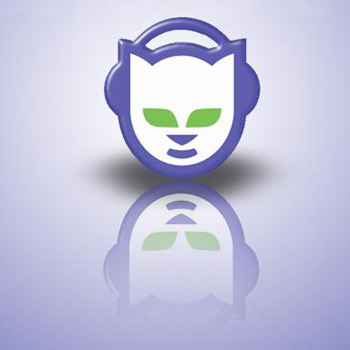What Happened to Napster?
Napster was started as an alternative to using the Internet Relay Chat rooms, search engines like Lycos and other sources to efficiently share files such as MP3 and other sound formats. It served as a peer to peer network which normal people could use to perform the act of file transfers to and from other users. This service helped to start a new wave of piracy which was a first of its kind with such efficiency. This sharing of music became a big thing between college students and the younger crowds of people who were online. They had over 26 million users on the service in 2001.
Napster Service as a useful Tool
The service that was provided through Napster made it possible for a large network of users to share their music. This practice already existed but was inefficient and incredibly slow. The Napster service provided everything that users needed to make sharing of their music files possible. This made a large library of entertainment available to people around the world. This made it possible for music acquisition to be universal without limits.
Reasons Why Napster was Useful:
- It helped people discover new music to listen to
- Files were sent from peer to peer reducing the need for servers
- Acoustic and various versions of the same song were available
- Everyone could use the software regardless of connection speed
- Downloads were resume-able when downloads were interrupted
- The more peers that were online, the broader the spectrum of music
Reasons Why Napster was Objectionable to Use:
- Some music files would corrupt and would be distributed as corrupt
- Malicious users attached viruses to music files which destroyed hard disks
- Low quality files would be distributed more than higher quality options
- Download level technology was unfair for most users
- Unauthorized Napster Releases contained Malware or Spyware
- Hard disk space was consumed faster in older computer systems
Napster’s Illegal Music Sharing Conflicts and Court
Most music artists would be happy to get a wider audience of people with a broad range of interests in music genres. Heavy metal band Metallica was upset by the fact that a demonstration of the song called “I Disappear” existed through the file sharing network of Napster. Radio stations eventually started playing it before the official release. Metallica then noticed that every song they have released was also available through Napster. They along with other artists and even recording companies like A&M Records filed a lawsuit in the year 2000 for copyright infringement under the US Digital Millennium Copyright Act.
Napster ended up losing the District Court case and appealed to try and save their company. The US Court of Appeals understood the possibilities for use of the file sharing service to be used for non-copyright infringing capabilities but required them to change their structure to prevent the sharing of copyrighted materials and halting access to these files from their location. Napster did not yet have the capabilities to do so, as well as being without funds to implement the capabilities after court rulings.
Promotional Properties of Napster
Not all recording artists thought the service was bad. In fact, a large number of underground music artists even said it helped to promote their music. People who used Napster to preview music often went out to purchase the albums to support the artists. The following are positive notes on the Napster service:
- Users often purchased full albums after previewing tracks
- Artists who were once unheard of gained recognition
- Popular music artists got more exposure
- Sales of show tickets improved as users wanted to experience music live
- True free music was distributed easily from peer to peer
- The service paved the way towards better royalties for music
- New technologies were created because of the sharing aspect of Napster
The Process of Legal Shutdown of Napster
The RIAA noticed the copyright infringement in 1999 and started a legal lawsuit against Napster. The trial actually brought more attention to the service than ever before. The publicity made the service more popular with the users because it supposedly offered free music to the masses. The network grew so big because of its ad hoc networking, making each connecting user a node in which other connections could be routed through. This eventually led to even more illegal music sharing and started causing more problems for Napster because it was thought that the “free” music was hurting sales for music artists around the world.
Bankruptcy and Take Over of Napster by Roxio
In 2002, Napster was declared bankrupt and liquidated its assets. Roxio ended up purchasing the popular service as well as the identity, logos and all assets. Roxio then rebranded its existing PressPlay service into Napster 2.0, a pay service. It became moderately successful because of the existing user base and new users now learning about the service. The service ran well until 2008 and is now under new management.
Napster’s Acquisition by Best Buy
Napster in 2008 had received new owners, Best Buy, the US electronics retailer. They acquired the popular service for $121 million. This acquisition was a good move by Best Buy because it opened several users to finding music through Napster, making purchases and increasing the popularity of the service. The Napster service got many new upgrades in its services, until it was merged with Rhapsody in December 2011.
The Current State of Napster
After a deal with Best Buy, The Napster is now merged with Rhapsody, a service that allows unlimited streaming of music for a fixed monthly fee. It has over 14 million songs on offer, and supports streaming across a multitude of devices including tablets and smartphones. It is not, however, available to customers in every country. It is a competitor to Spotify, and similar music streaming services.


Comments - No Responses to “What Happened to Napster?”
Sorry but comments are closed at this time.